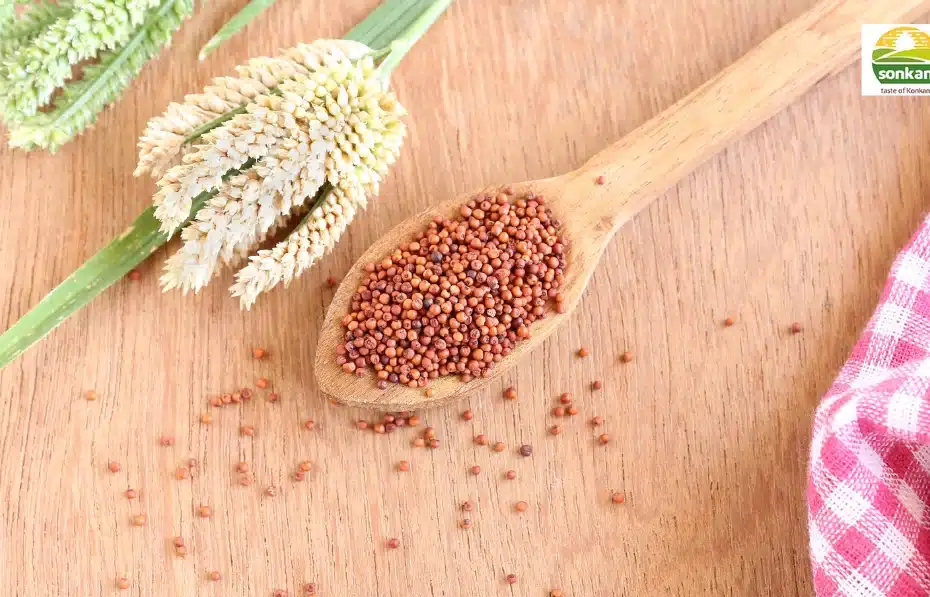Introduction:
In the ever-expanding realm of healthy eating, certain grains gain prominence due to their nutritional prowess and potential health benefits. Ragi, also known as finger millet, has emerged as a star in the health food arena. A pertinent question that often arises is whether ragi is easy to digest. Let’s embark on a detailed journey to unravel the intricacies of ragi’s digestibility and understand why it has become a staple in many diets around the world.
Understanding Ragi’s Composition:
- High Fiber Content: Ragi is renowned for its impressive fiber content, which is beneficial for digestive health. Fiber aids in maintaining bowel regularity, preventing constipation, and promoting a healthy digestive system.
- Complex Carbohydrates: The carbohydrates in ragi are complex, contributing to a sustained release of energy. This characteristic not only provides a feeling of fullness but also supports a steady digestion process.
- Gluten-Free Nature: Ragi is inherently gluten-free, making it an excellent alternative for individuals with gluten sensitivities or celiac disease. Gluten, found in many grains, can sometimes pose challenges for digestion in susceptible individuals.
Factors Enhancing Ragi’s Digestibility:
- Sprouting: Sprouting ragi grains before consumption can enhance digestibility. Sprouting initiates enzymatic activity, breaking down complex compounds into simpler forms, thereby making the nutrients more accessible and digestion-friendly.
- Fermentation: Utilizing fermentation in ragi-based recipes, such as dosa or idli batter, can further enhance digestibility. Fermentation promotes the growth of beneficial bacteria, aiding in the breakdown of components that might be harder to digest.
- Soaking: Soaking ragi grains or flour before cooking can be a simple yet effective method to improve digestibility. This process helps reduce anti-nutrients and enzyme inhibitors, making the nutrients more bioavailable.
Addressing Digestive Concerns:
- Low Anti-Nutrient Profile: Ragi has a relatively low anti-nutrient profile compared to some other grains. Anti-nutrients, like phytates, can interfere with mineral absorption. Ragi’s lower levels of these compounds contribute to its digestibility.
- Gentle on the Stomach: The nature of ragi’s composition, characterized by soft and small grains, contributes to its ease of digestion. The smaller particle size aids in the breakdown of food in the digestive tract.
Conclusion:
In the grand tapestry of grains, ragi stands out not only for its nutritional richness but also for its relatively easy digestibility. Its high fiber content, gluten-free nature, and versatility in preparation methods contribute to its appeal. Incorporating sprouting, fermentation, and soaking techniques can further enhance its digestibility, making ragi a valuable addition to a digestive-friendly diet. So, whether you’re exploring it for its health benefits or incorporating it for its ease on the stomach, ragi is a grain that certainly deserves a place on your plate.

